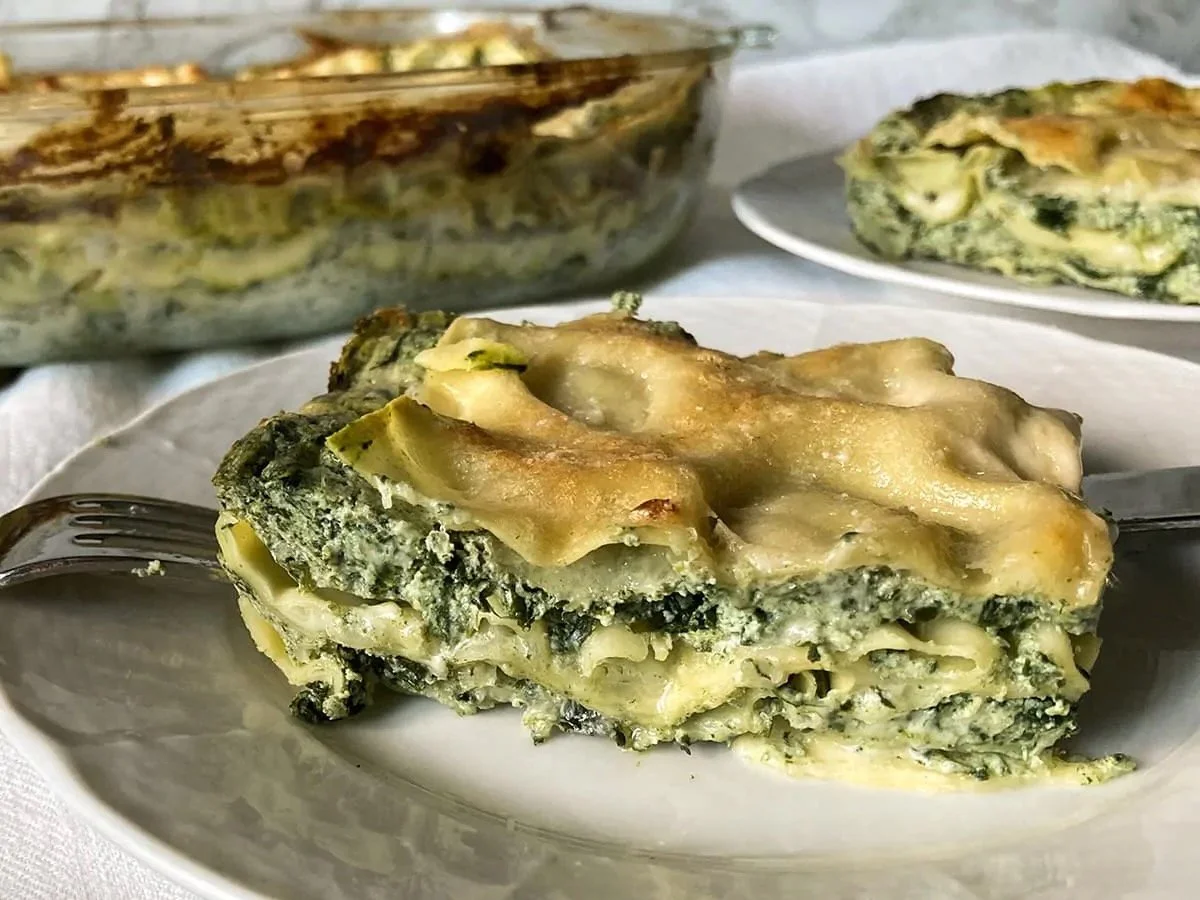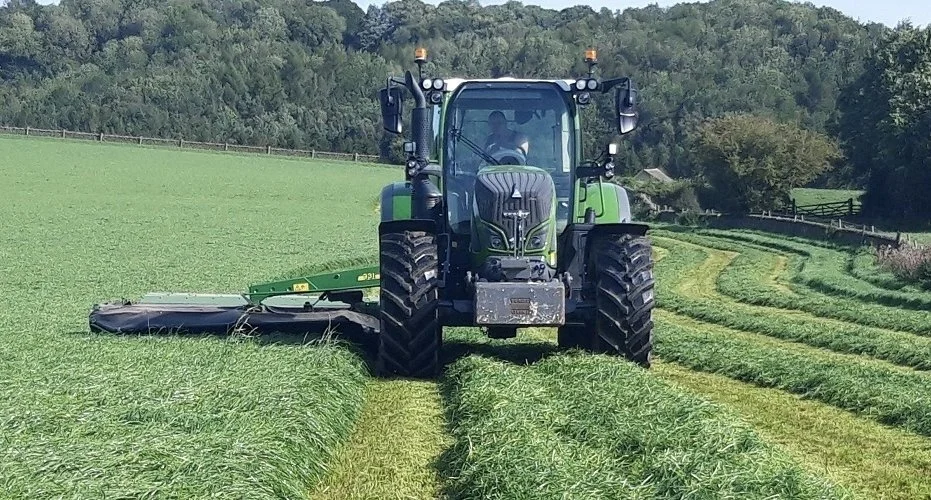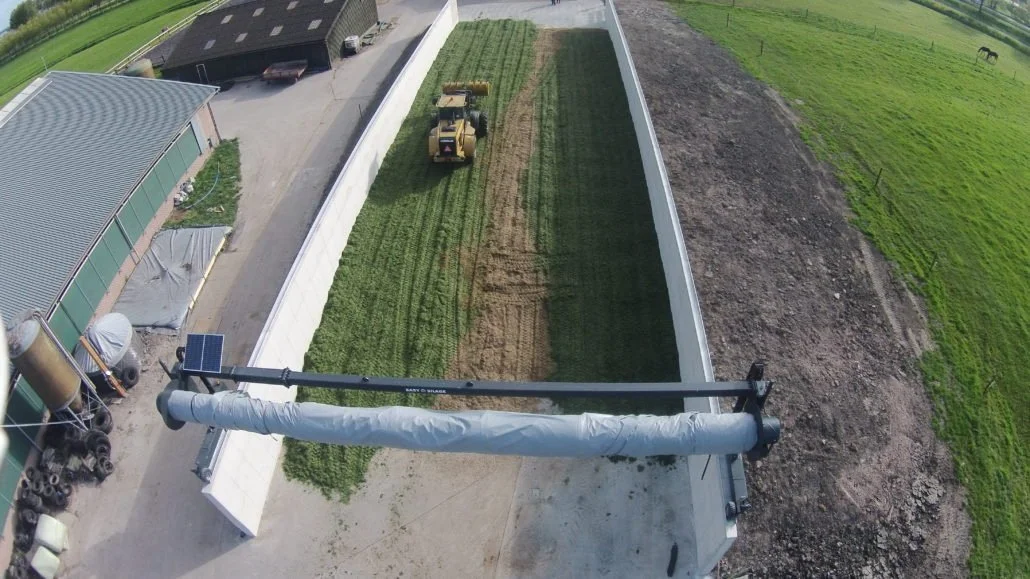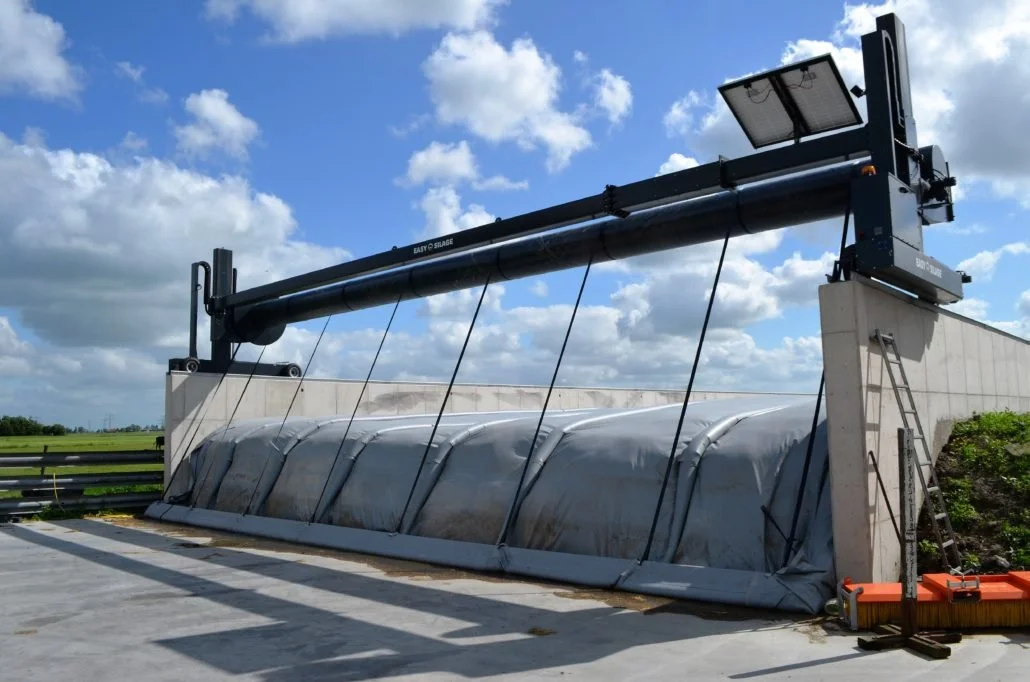Is Lasagna silage worth the bother?
It’s one of life’s sods laws, whatever you choose on the menu when the food arrives someone else always looks like they made a better choice. But who the hell ordered the silage lasagna? This is Veganuary gone mad, what’s wrong with pie and chips? Maybe silage lasagna is not for you, but it’s all the rage in some swish restaurants - well farm yards, and chefs across the channel are putting it on the menus - OK farmers on the continent….
So what is silage lasagna exactly and why might you be interested in it?
Silage lasagna or lasagna silage to be correct, is not some sort of vegan health food, it’s just a way of making silage that might give your nutritionist a much easier time. In essence it’s all about the layers, and lasagna has layers so the name seems to have stuck. To be honest I’m not really happy with this; I’d rather call it filo silage for puff silage, as in filo or puff pastry. The problem with an Italian lasagna is that the layers are alternating between meat, sauce and pasta and they are all very different, its almost a trifle! The layers in a good lasagna silage should have one common factor, that they are all great silage without any compromise.
What’s the point of a layer cake of silage?
The technique is probably most popular in Holland and Belgium where high D-value silage is commonly produced. This “rocket fuel” is high in just about every silage attribute: D-value, ME, WSC and Proteins, but it has to made very carefully to also be high in DM without incurring high losses. It can also be lower in NDF but the one thing it really lacks is volume or yield. Now I’m not going into the pro’s and con’s of multi-cut silage versus traditional cuts in this article, but what I am interested in is the effective storage of these frequent cut high D-value silages.
High D-Value grass by Barenburg UK
In the perfect world, you would have a clamp or bunker that was just big enough to hold each one of those high D-value crops. A clamp that was designed so you could work through the crop at 2m per week or more to minimise aerobic instability. Meanwhile back in the real world, unless you are feeding a thousand cows or more, the chances of having 6 to 8 grass clamps of a usable width are remote. And so if you can’t store the silage in different clamps, then it's going to have to end up being combined into one or more clamps.
Having your cake and eating it
Having silage and eating silage are two very different things. As the growing season progresses, so the inherent properties of the silage you produce will deteriorate (probably). Add into the mix the vagary’s of the weather and unexpected events like breakdowns and we end up with the real world truth that not all silages are the same. In order for you (or your nutritionalist) to produce a sensible, consistent diet, then access to these different silages is important and it’s something that can’t always be predicted at the point of ensiling. This might be a real problem when all of your first cut silage is safely tucked away behind 2000 tonnes of second and third cut forage.
So lasagna is the answer - build the silage up in layers rather than blocks. Get this right and you can get your hands on some of each cut of your grass silage, every time you go to the clamp. But get it wrong and the whole lot might be rubbish!
Is silage in layers a good idea?
It might be a good idea for lots of reasons and it might be something you should consider when you get yourself backed into a corner. A couple of years ago unusual weather and growing conditions led to many farmers producing very late, very heavy first cuts of silage. Faced with a heap of low feed value forage, decisions need to made about subsequent cuts. Some might conclude that the best plan would be to change from a traditional second and third cut to a multi-cut high nutritional value, low volume for the remainder of the growing season.
In this situation you probably don’t have the ideal clamp layouts to make a multi-cut system work. In a simple 2 bunker clamp you’re going to be faced with one clamp of 1st cut bulk and one of autumn late cut with no way of getting to the high value stuff just yet. So layering seems a sensible solution to enable you to access all the good stuff all of the time. It’s certainly a better solution than digging a narrow passage down one side to get the silage you want. This solution just creates a massive exposed silage face and wastes a large percentage of this silage block.
When lasagna goes wrong
So this system might suit some situations, but there are big risks if it goes wrong. To put multi-cuts of silage on top of one another, you can’t avoid the fact that you’re going to have to uncover and cover the clamp multiple times. And even if you can find some staff that are prepared to do this hated task, the process is going to re-introduce oxygen to the previous cut. Oxygen is the absolute enemy of preserved silage so this a really bad idea. If this gets out of hand then you will produce a silage lasagne with distinct layers of black slimy stinking waste, around about where the pasta should be.
And that’s the initial thought of most farmers who consider silage layers in their clamps “what about the waste?” But IF you can get it right, then you can produce silage lasagna without the waste. Getting it right requires some really close attention to timing and in a quite different sequence to a traditional silage making.
Getting the clamp ready for silage lasagna
In a traditional cutting system, you might (or perhaps should) get the clamp ready well in advance. It probably should be one of the very first things you do to prepare for a silage cut. If you’re making lasagna, then it needs to be the very last thing you do. Ideally the covers would just get rolled back as the first trailer arrives in the yard. This minimises the amount of time the silage is uncovered and so minimises the time the aerobic microbes have to get busy wasting your silage. However, we all know that pulling off the covers isn’t a two minute job, not for even a well drilled crack team like as the Lords groundsmen. This problem has led to the development of some automated solutions such as Easy Silage and Agridek but these really require a purpose designed clamp to work effectively.
Meanwhile back in the real world, make sure you’ve got plenty of hands available to make this work lighter. Choose a weighting system that’s more user friendly than old car tyres, and get a layer of new silage on top of the exposed stuff as fast as you can. The same old rules apply to clamp filling, consolidation and covering irrespective of whether your are making a lasagna or not.
Lasagna silage might not be to everyones taste, but it’s definitely not as unpalatable as it sounds. Consider it if you want to make the most out of multi-cut silage systems, or if conditions mean you have to re-think your cutting strategy mid-season. It might also have a place for those with clamps that were designed for a previous forage regime. But if you are going to consider a lasagna, be sure you make it with the care and love of an Italian Nonna, because getting it wrong has big consequences.
If you want to know more about the silage lasagna and how it might suit your farm or would like to discuss any other aspects covered in this series, contact me at jeremy@silageconsultant.co.uk



